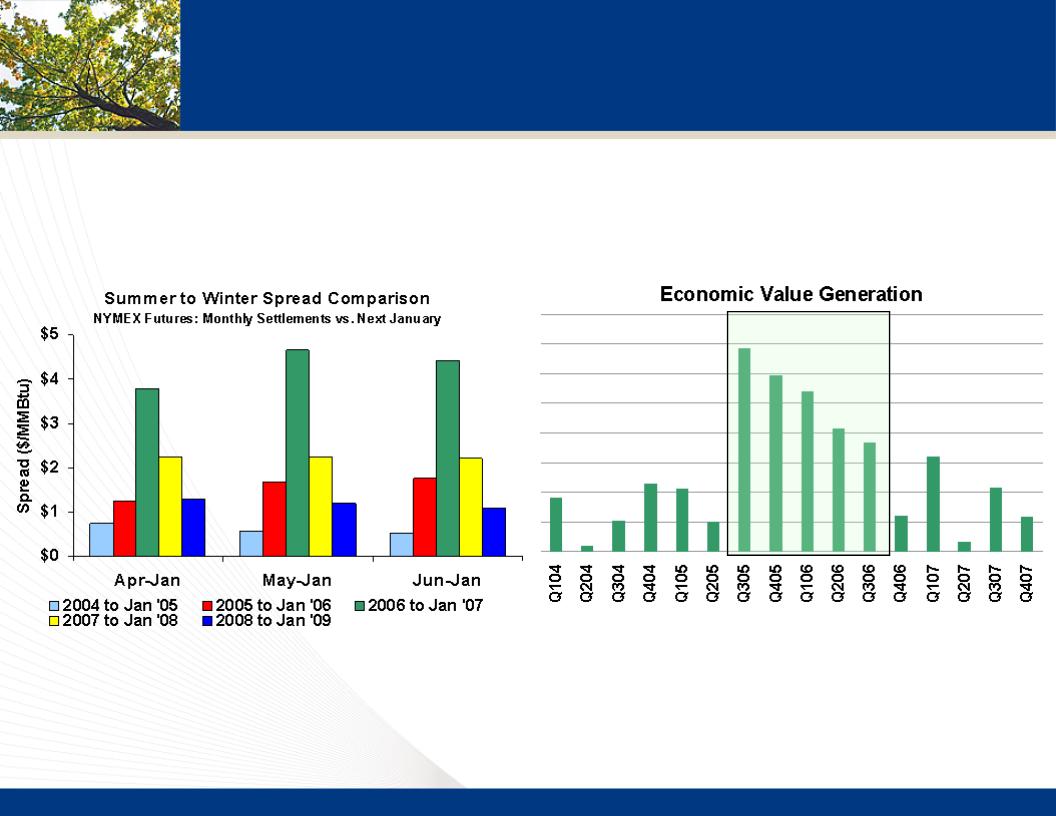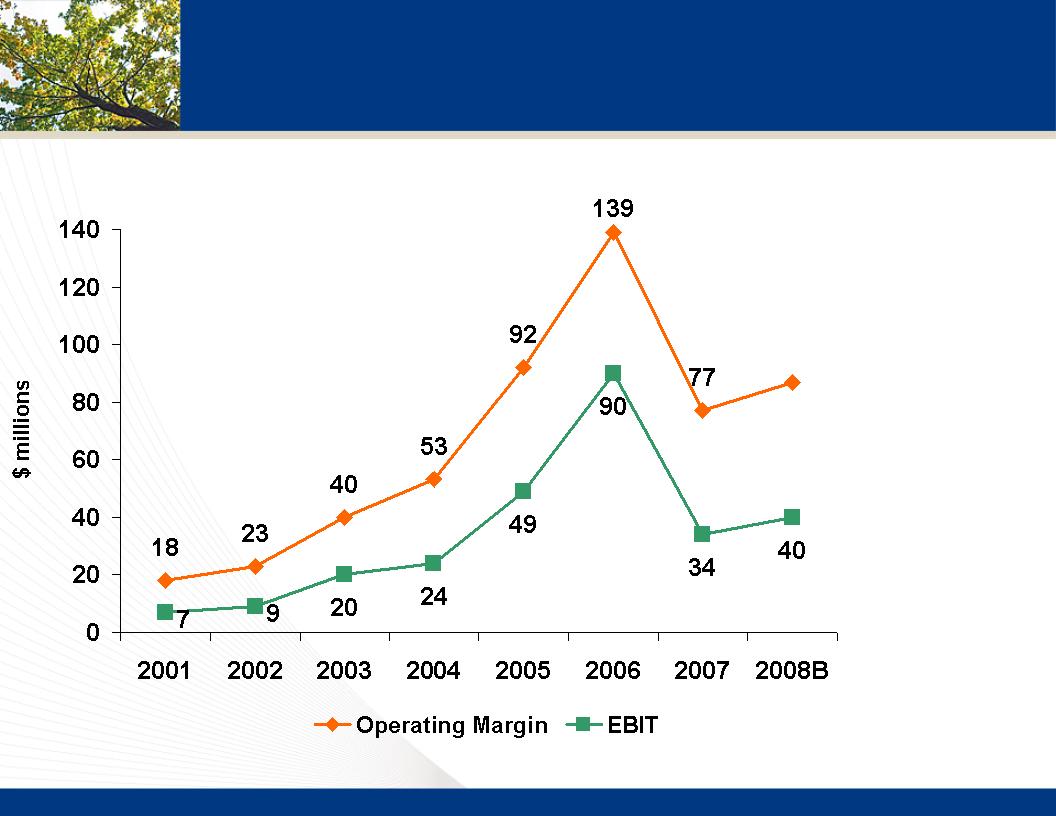Forward-Looking Statements
Statements in this presentation that are not historical facts, including statements regarding our estimates, beliefs, expectations,
intentions, strategies or projections, may be “forward-looking statements” as defined in the Private Securities Litigation Reform
Act of 1995. Forward-looking statements involve matters that are not historical facts and because these statements involve
anticipated events or conditions, forward-looking statements often include words such as "anticipate," "assume," “believe,” "can,"
"could," "estimate," "expect," "forecast," “future,” “goal,” "indicate," "intend," "may," “outlook,” "plan," “potential,” "predict,"
"project,” "seek," "should," "target," "will," "would," or similar expressions. Our expectations are not guarantees and are based on
currently available competitive, financial and economic data along with our operating plans. While we believe that our
expectations are reasonable in view of the currently available information, our expectations are subject to future events, risks and
uncertainties, and there are several factors - many beyond our control - that could cause results to differ significantly from our
expectations. Such events, risks and uncertainties include, but are not limited to, changes in price, supply and demand for natural
gas and related products, impact of changes in state and federal legislation and regulation, actions taken by government
agencies on rates and other matters, concentration of credit risk, utility and energy industry consolidation, costs and timelines of
construction projects may be affected by government and other approvals, development project delays, adequacy of supply of
diversified vendors, unexpected changes in project costs including the cost of funds to finance these projects, impact of
acquisitions and divestitures, direct or indirect effects on AGL Resources' business, financial condition or liquidity resulting from a
change in our credit ratings or the credit ratings of our counterparties or competitors, interest rate fluctuations, financial market
conditions and general economic conditions, uncertainties about environmental issues and the related impact of such issues,
impacts of changes in weather upon the temperature-sensitive portions of the business, impacts of natural disaster such as
hurricanes upon the supply or price of gas, acts of war or terrorism, and other factors which can be found in our filings with the
Securities and Exchange Commission. Forward-looking statements are only as of the date they are made, and we do not
undertake any obligation to update these statements to reflect subsequent changes.
Management does not affirm or update earnings guidance during private and one-on-one meetings with investors, but only
updates or confirms earnings guidance through public disclosure and filing with the commission. Earnings guidance is only
effective as of the date it is given. The company further disclaims any duty to update its guidance.













